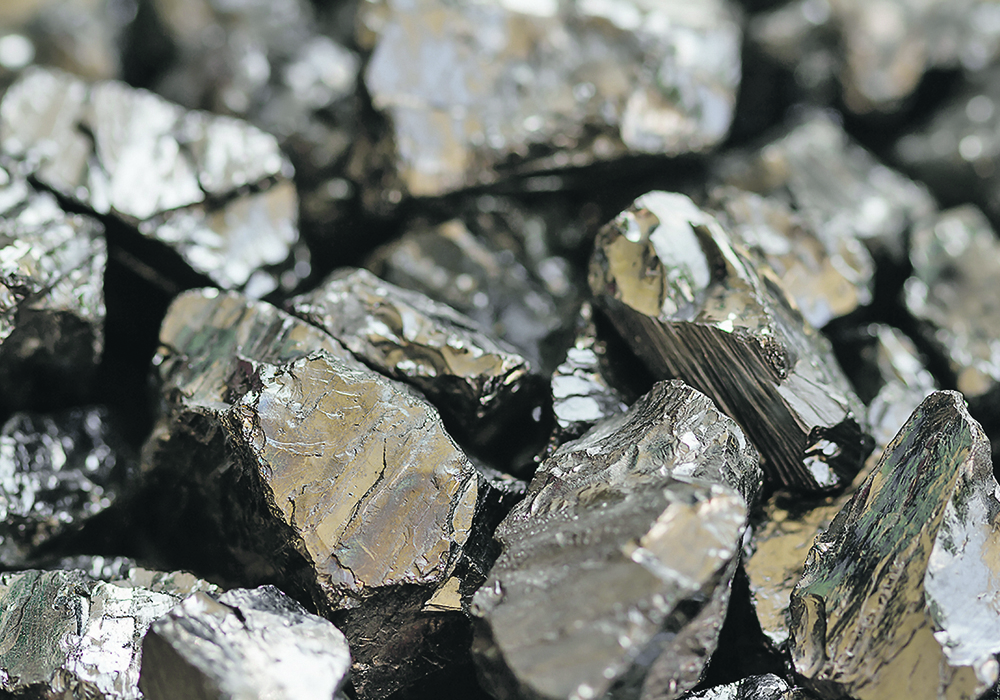The Alberta government recently released the report from the Coal Policy Committee, and a key recommendation was that “decisions about potential coal developments will be guided by regional and sub-regional plans under the Alberta Land Stewardship Act. Land use for the development of coal resources should be determined by regional and sub-regional plans.”
No further mining exploration will be permitted until these plans are completed, which could take years. This result is clearly a win, considering only two years ago exploration and temporary water diversion permits were being handed out to coal companies on a regular basis, and five new mining projects were proposed for the Eastern Slopes of Alberta’s Rocky Mountains with likely more to follow.
Read Also

Farmer ownership cannot be seen as a guarantee for success
It’s a powerful movement when people band together to form co-ops and credit unions, but member ownership is no guarantee of success.
The eastern front has gone quiet for now, but many Albertans who are against any new coal projects in the Rockies have concerns about the process for creating the regional development plans. This could become a long war of attrition pitting foreign coal corporations and industry lobbyists against community activists and groups such as the Alberta Wilderness Association and Livingstone Landowners Group.
As in every war, propaganda will be a powerful tool and will favour the side with deepest pockets. The Alberta Responsible Mining Initiative is an example of a campaign designed to sway Albertans in favour of coal. The website features some stunning nature photography, such as an adorable grizzly cub and her mother gazing into the camera from a field of wildflowers. There’s a beautiful image of the Cheticamp gypsum quarry in Nova Scotia, which was closed in 1939 and now features abundant trees and sparkling waters.
However, a quarry that was abandoned 80 years ago and an open pit the size of the Vista mine near Hinton are two very different things. This is marketing in action, and it works. When government officials begin talking about responsible mining in Alberta, then you will know the lobby group is successfully implementing its plan.
The coal association is spending heavily on the campaign and it highlights the inequity of well-funded lobby organizations battling people who must resort to lawn signs and standing on street corners.
Last year, Teck Resources accepted a $60 million fine for continuous and long-term water pollution of the Fording River. Federal prosecutor Alexander Clarkson stated, “the significant impact of both the penalty and the direction signal to entities large and small that there are serious consequences to depositing deleterious amounts of selenium and calcite.”
Responsible Mining’s water fact sheet reminds everyone that selenium is a naturally occurring, non-metallic mineral that is found in rocks, soil, and water. There is no mention of the collapsed fish populations in the Fording River or the potential threats to human health. The fact sheet only describes how responsible miners will take great care to filter the water in their tailings pond before releasing the effluent into the local streams.
On the subject of water diversion, the water fact sheet states that no changes have been made to water allocations from the Oldman River and that agricultural water allocations will always receive a higher priority. When mining operations have extracted water throughout the winter and spring, it won’t help giving farmers priority when the water flow is diminished during the hot summer months.
Benga Mining was requesting an annual water allocation of 559 million litres per year, but based on similar producing mines in Australia, a mine the size of Grassy Mountain could consume between two and four billion litres of water per year. Given the discrepancy, is it reasonable to allow the miners to self-monitor their water consumption?
It is notable that the marketing campaign fails to mention that protecting the downstream agriculture industry will be their top priority.
Robert Miller is a retired systems engineer, formerly with General Dynamics Canada, who now volunteers with the Calgary Climate Hub and writes on behalf of Eco-Elders for Climate Action. He lives in Calgary.















